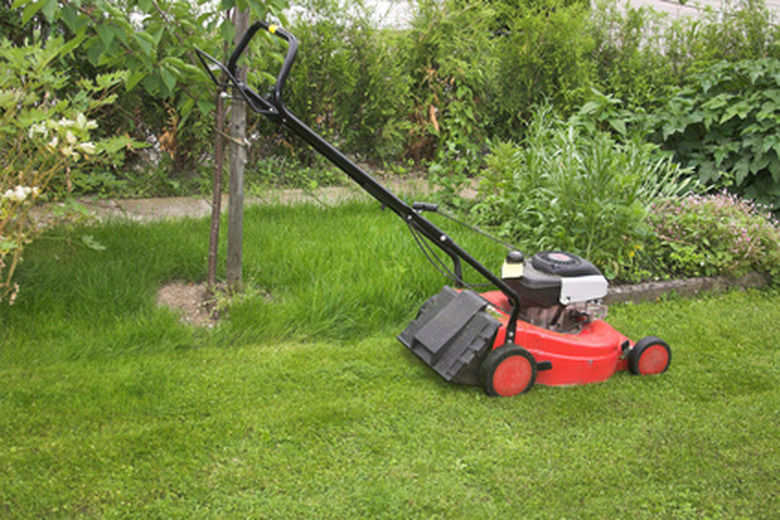Sources Of Organic Matter In Soil
Organic matter consists of decomposing plant and animal materials and microbes that come from a variety of sources. It is used by gardeners and farmers, who mix it into the soil where they grow plants, because it contains important nutrients. Additionally, adding organic matter to the soil improves the soil structure, minimizes soil erosion from winds and retains moisture.
Manure
Manure
Animal dung from cattle, horses and chickens, can be left in a heap where it will decompose into a substance called manure. The manure contains nitrogen, phosphorous and sulfur. When it is mixed in with soil, these nutrients are released and absorbed by plants.
Grass Clippings
Grass Clippings
Grass clippings provide a source of nitrogen, phosphorous and potassium and can provide up to 25 percent of a lawn's total fertilizer needs. You can incorporate them into soil in a variety of ways, says the University of California. You can leave them on the lawn where they will be absorbed into the soil. Alternatively, you can collect the clippings and work 2 to 3 inches of clippings into the top 6 to 12 inches of soil to improve its condition, or use as mulch by placing it in 1-inch layers on soil to discourage weeds.
Vegetable Clippings
Vegetable Clippings
Peelings from vegetables, such as potatoes, carrots and cabbages, can be added to a compost pile, where they break down into a fine-textured material that is nutrient rich. This pile of material teems with fungi, earthworms and bacteria that break it down into humus. Steam can sometimes be seen coming from vegetable compost as the pile heats up during the decomposition process.
Straw
Straw
Widely available, straw can be used as winter mulch by laying it on top of soil around the base of trees or shrubs to protect their roots. The straw helps the soil retain moisture and protects tender roots from cold temperatures. As a source of organic matter, straw eventually decomposes into soil, which also helps to improve the soil's structure.
Cardboard and Newspaper
Cardboard and Newspaper
If you need to control weeds, laying cardboard or newspaper on soil can suppress their growth by blocking light. Although, they do not provide nutrients, cardboard and newspaper improve soil structure when they decompose into the soil. Beware of using pages from glossy magazines as the colored inks may contain toxins that leach into soil, advises Cornell University. Also avoid using office and computer paper, as these decompose slowly and may contain contaminants.
Cite This Article
MLA
sallyshore, . "Sources Of Organic Matter In Soil" sciencing.com, https://www.sciencing.com/sources-of-organic-matter-in-soil-12347549/. 21 July 2017.
APA
sallyshore, . (2017, July 21). Sources Of Organic Matter In Soil. sciencing.com. Retrieved from https://www.sciencing.com/sources-of-organic-matter-in-soil-12347549/
Chicago
sallyshore, . Sources Of Organic Matter In Soil last modified March 24, 2022. https://www.sciencing.com/sources-of-organic-matter-in-soil-12347549/
